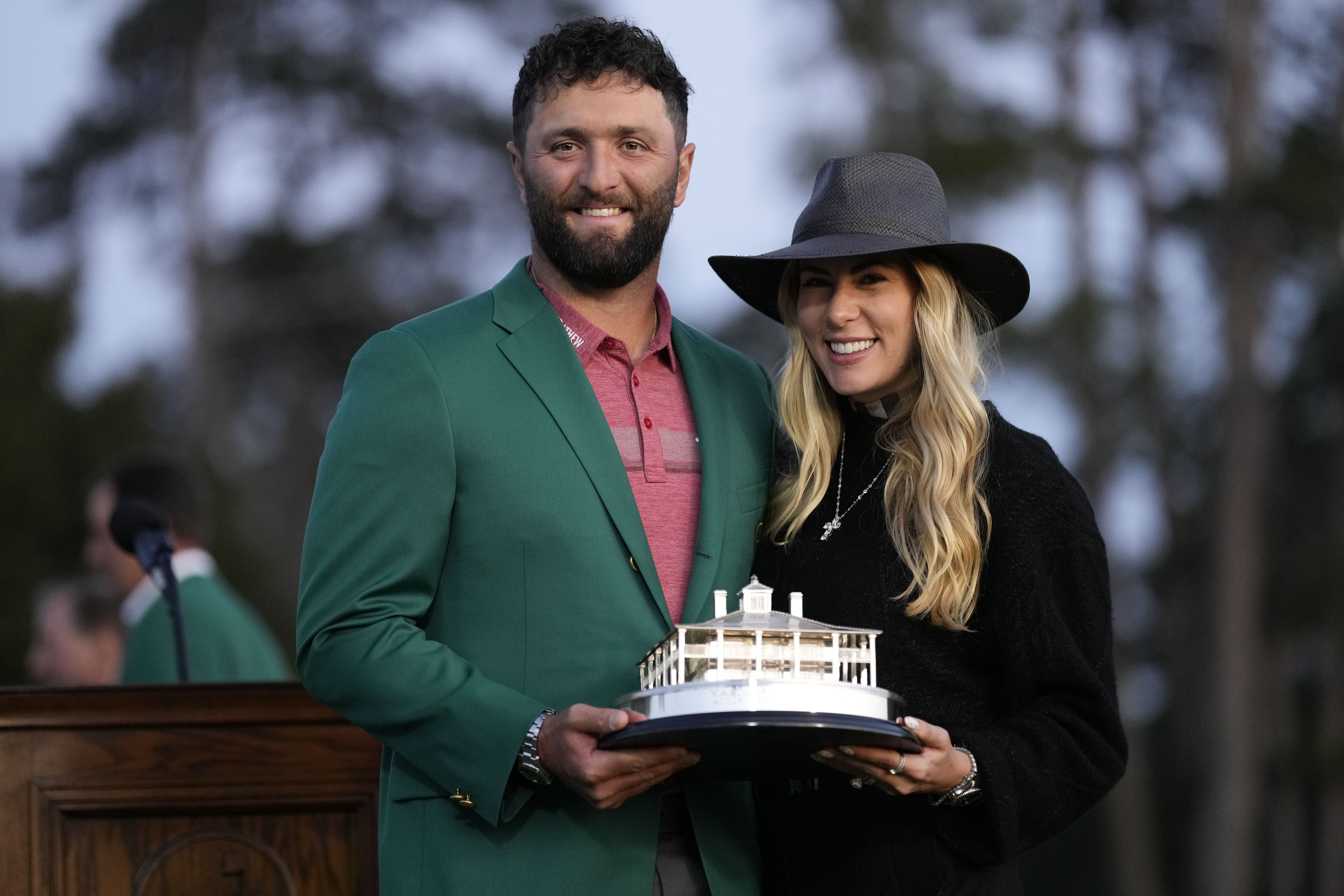Augusta National, the prestigious golf club that hosts the Masters tournament every April, is known for its beauty and exclusivity. However, behind the scenes lies a world of hidden secrets that the members of Augusta National would rather keep under wraps. Here are nine shocking revelations that will change the way you see this iconic golf course.
Fake Birds and Dyed Water
While the chirping birdsong may sound authentic during the Masters broadcast, it's actually fake. The lush greenery and sparkling water at Augusta are not as natural as they appear. Tests have revealed that the water in Rae's Creek is dyed with food coloring, similar to what you'd find on a birthday cake. The birds you think you hear are just sound effects added by CBS.
Secret Menus and Strict Rules
Contrary to what you might expect, there is no food menu in the clubhouse at Augusta National. Players can simply request whatever they desire, and it magically appears. Additionally, players are held to strict rules, with some referring to Augusta as 'Big Brother.' One player learned this the hard way when he posted a video of himself playing at Augusta and had it promptly removed.
Painted Grass and Cattle on the Course
To maintain the pristine appearance of the course, greenkeepers at Augusta resort to painting the grass to cover any imperfections. During World War II, when the Masters was on hold, cows were allowed to roam the course to prevent the grass from overgrowing. The bunkers at Augusta are not filled with sand but with quartz, a byproduct of mining.

Secret Service Basement and Tree Trimming
One of the cabins at Augusta, once occupied by former US President Dwight Eisenhower, had a hidden basement used by the Secret Service as their headquarters. The trees at Augusta are meticulously trimmed to lean towards the fairway, giving the course its picture-perfect appearance.
Frequently Asked Questions
How do golfers recover and rest?
In a professional golfer’s routine, recovery and rest are essential. Resting properly allows the body to rejuvenate and heal, preventing fatigue and injury. Golfers utilize a wide range of recovery methods, such as active recovery, massage, and stretching. They may also do light exercises that help promote recovery during their respective rest periods. These practices are essential to maintaining high performance during the demanding tour schedules.
What role plays technology in the golfer’s preparation?
The use of technology is an integral part of the training arsenal for professional golfers. Launch monitors and high-speed camera technology provide detailed feedback, including ball speed, spin rate, launch angle and other factors. The data allows golfers and their coaches to make more informed choices about equipment and swing mechanics. Wearable fitness equipment tracks physiological data, allowing fitness programs to be tailored and recovery monitored. Simulators or virtual reality can be used to create immersive environments for practice, particularly when conditions outside are unfavorable.
Cross-training for professional golfers: Is it beneficial?
Cross-training for golfers is beneficial, as it improves athleticism. This prevents imbalances and injuries. Swimming, cycling, and yoga all contribute to cardiovascular fitness and flexibility. These are important attributes for golf. However, cross-training activities are chosen carefully to complement their primary golf training and not interfere with their swing or game performance.
Statistics
- Pro golfers over the age of 35 tend to dedicate at least 20% more time to flexibility training than their younger counterparts.
- A survey suggests that 75% of pro golfers use a sports psychologist to aid with mental training and performance.
- Technology such as launch monitors are used by 85% of professional golfers in their training routines.
- An estimated 60% of professional golfers change at least one piece of their equipment each season.
- Studies show that consuming a balanced diet is a priority for 95% of professional golfers as part of their training protocol.
- Nearly 80% of professional golfers engage in regular physical fitness programs designed specifically for golf.
- About 70% of professional golfers report practicing in adverse weather conditions to improve their adaptability to the elements.
- Nearly 40% of professional golfers update their swing analysis software at least once every two years to stay at the forefront of technology.
External Links
golftips.golfweek.usatoday.com
golfscience.org
garmin.com
pga.com
golfsimulatorguys.com
swingu.com
pga.com
sciencedirect.com
How To
What to do as you age?
The key to tailoring golf training for older players is adapting to their changing body capabilities. Older players should concentrate on gentle strength training and flexibility exercises. You can maintain your competitive edge by practicing efficiency and adjusting the golf swing to lessen strain. Regular health checks, as well as working closely with medical and fitness professionals, can help to ensure that any training adjustments are both safe and efficient.

